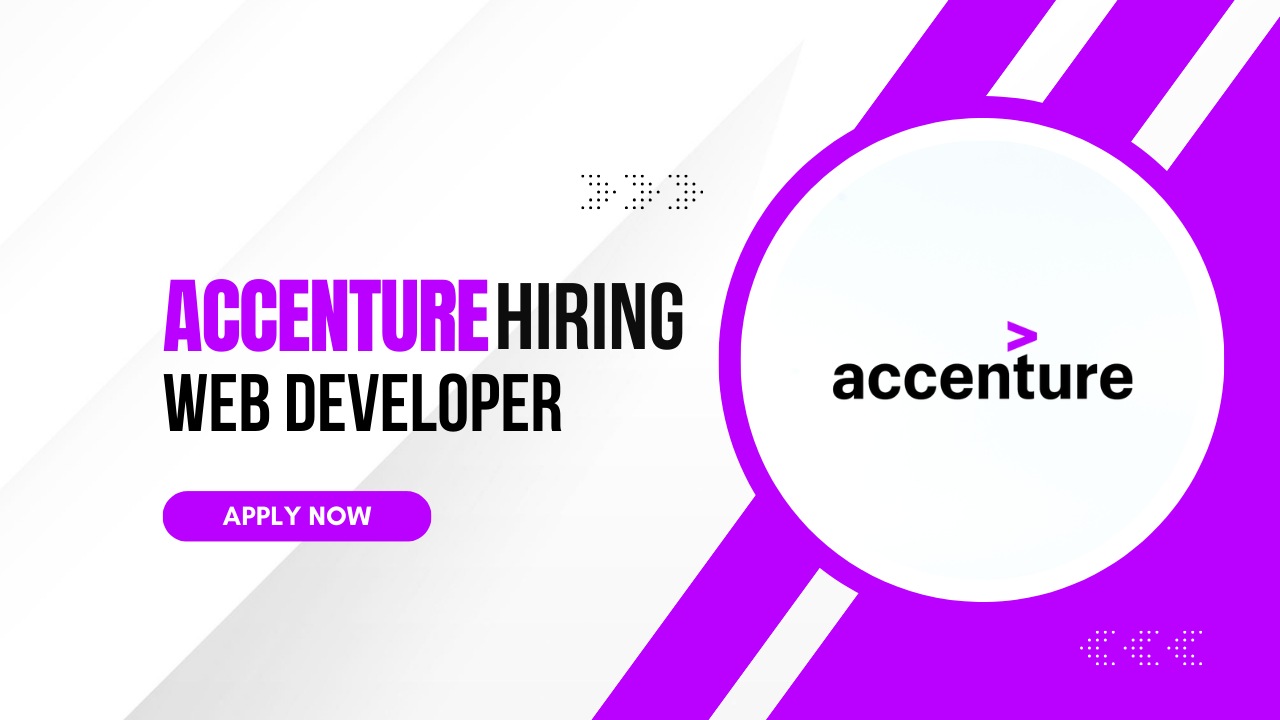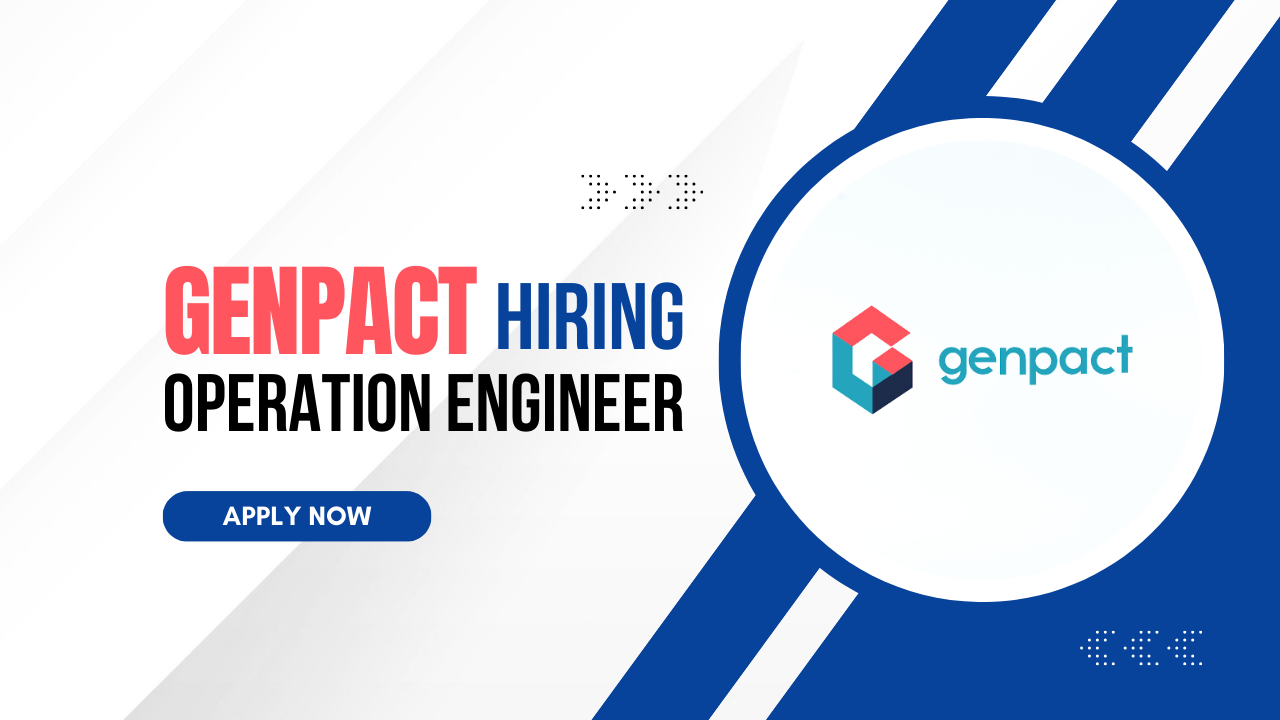Mastercard Data analyst jobs Drive :-
Mastercard Hiring Data Analyst – Work From Home / Hybrid
Mastercard, a leader in driving a secure and inclusive digital economy, is hiring an entry-level data analyst jobs in Analytics & Metrics for its Pune, Maharashtra office. This hybrid role involves creating innovative data-driven solutions to power business decisions and foster long-term client relationships. By joining our GBSC Analytics and Metrics team, you will be an integral part of Mastercard’s mission to connect people to priceless possibilities. If you’re passionate about data, problem-solving, and visualization, this could be the ideal fit for you!
Overview
Explore an exciting entry-level opportunity with Mastercard in Pune as an hybrid data analyst jobs in Analytics & Metrics. Join our team to leverage your analytical skills and data expertise in a role that involves data automation, visualization, and strategic insights. Grow with us in a hybrid role that values creativity and collaboration.
If You match the qualifications ,skills and comfirtable working with the given roles and responsibilities then your are ready to get this hybrid data analyst job in pune please read this job post till the end to get your next job and check the remote jobs page of kaabiljobs to know more remote data analyst jobs. all the best for your interview
Qualifications
- Educational Background: Bachelor’s degree in Computer Science, Data Analytics, Statistics, or a related field.
- Certifications: Preferred certifications in Power BI or Tableau; certifications in Alteryx and SQL are a plus.
- Experience: Knowledge of data visualization techniques, statistical analysis, and reporting.
- Programming Skills: Familiarity with Python or R for data manipulation, and experience with SQL for managing complex queries.
- Soft Skills: Excellent problem-solving, communication, and collaborative skills for a team-oriented environment.
Roles and Responsibilities
- Data Visualization & Dashboarding: Use Tableau and Power BI to create intuitive dashboards that clearly communicate data insights and trends.
- Data Automation: Design automated solutions using Alteryx to streamline processes and support Mastercard’s global operations.
- Data Integration & Analysis: Develop ETL workflows to integrate data from structured and unstructured sources, enabling comprehensive data analysis.
- Stakeholder Collaboration: Work closely with cross-functional teams to define and align data objectives that support Mastercard’s strategic goals.
- Documentation & Communication: Prepare presentations and reports to effectively convey insights and findings to both technical and non-technical audiences.
Skills Required
- Technical Skills:
- Data Automation: Proficient in Alteryx for data preparation and workflow automation.
- Data Visualization: Skilled in Tableau and Power BI, adhering to best practices in dashboard creation.
- SQL: Strong knowledge of SQL, including optimization and troubleshooting.
- Data Modeling: Familiarity with data modeling concepts and techniques.
- Power Platform Knowledge: Experience with Power Apps and Power Automate.
- Soft Skills:
- Analytical mindset with a strong problem-solving orientation.
- Ability to communicate technical insights to a non-technical audience.
- High attention to detail with a focus on quality and accuracy in data reporting.
- Collaborative spirit to work effectively within cross-functional teams.
Job Description:-
As an Analyst in the GBSC Analytics & Metrics team, you’ll transform raw data into strategic insights that shape Mastercard’s global initiatives. Your primary responsibilities will involve developing data automation workflows, creating visual reports, and building dashboards to answer critical business questions. This role provides an excellent opportunity for you to showcase your analytical skills, creativity, and ability to drive actionable insights using data.
Mastercard Data analyst Recruitment Drive Application Process:-
Apply In Below Link
Apply Link:- Click Here To Apply (Apply before the link expires)
Join Us For Regular Job Updates
Related Jobs
Interview Preparation Tips
Common Technical and Non-Technical Interview Questions
If you’re prepping for hybrid data analyst jobs in pune interview, here’s a mix of likely technical and non-technical questions to expect:
Why Join Mastercard?
As you know mastercard hiring data analyst.At Mastercard, our work is rooted in a strong commitment to creating an inclusive, innovative environment that enables every team member to contribute fully. You’ll be part of a company that values your expertise, encourages your ideas, and supports your growth. With us, you’ll get the opportunity to tackle meaningful challenges and develop cutting-edge solutions, all while working alongside a team that’s dedicated to creating a better future through data. If you’re ready to take your analytics skills to a new level, this role is your gateway.This isn’t just a job; it’s a career launchpad. If you’re passionate about technology and solving meaningful problems, don’t miss this chance to be part of Google. Whether you’re a fresher looking for your first big break or a tech enthusiast ready to dive into large-scale projects, this Software Engineer role is your gateway to making a real difference.



